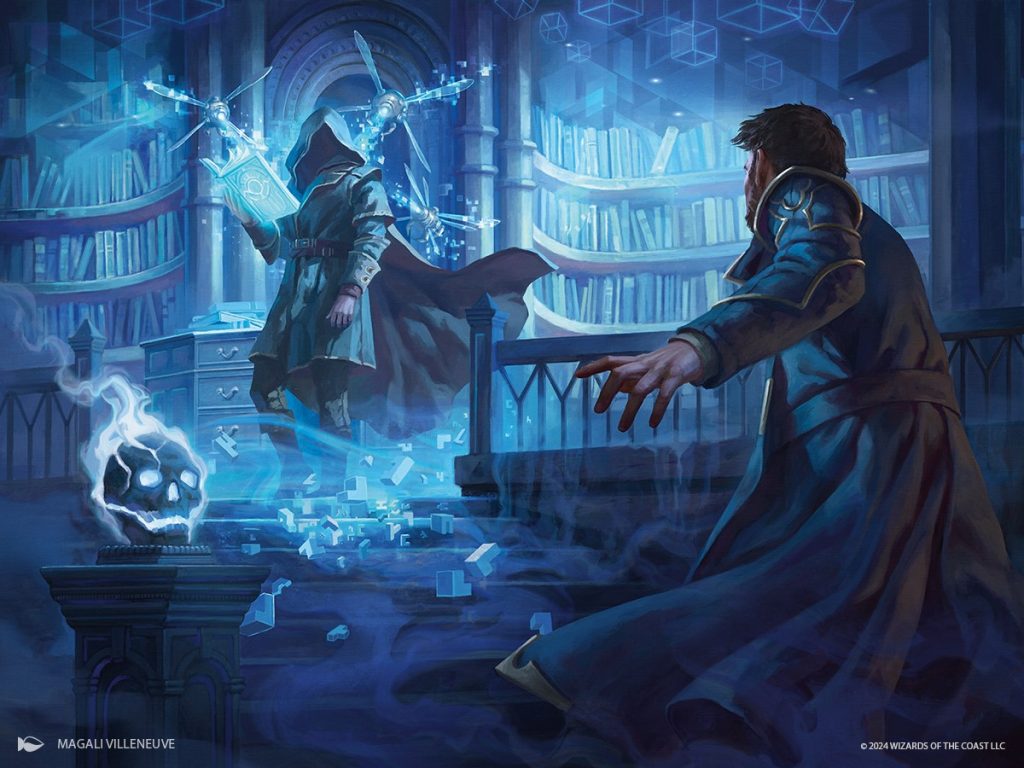
Buying new Magic: the Gathering cards from the recently-released sets for investment purposes can be quite a challenge. It is usually hit-or-miss on the cards that will spike up in price and with a lot of factors to consider like playability, etc.
Determining which Magic: The Gathering (MTG) cards will see value in the long run requires a combination of knowledge, research, and strategic thinking. Here are some key factors to consider:
- Historical Performance: Look at the price history of similar cards. Cards from older sets that have consistently maintained or increased in value can provide insights into what might be valuable in the future.
- Rarity and Scarcity: Cards that are rare (mythic rares, limited print runs, or special editions) tend to hold or increase in value. Cards from sets with lower print runs, such as older sets or limited-release products, are often more valuable.
- Power and Playability: Cards that are powerful and see play in multiple formats (Standard, Modern, Legacy, Commander) often hold their value. Keep an eye on tournament results and popular decklists to identify these cards.
- Commander Popularity: The Commander format has a significant influence on card prices. Cards that are staples in popular Commander decks or have unique, broad utility in the format are likely to increase in value.
- Reprint Policy: Wizards of the Coast has a Reserved List of cards that will never be reprinted, ensuring their scarcity. Cards on this list often hold their value well. Conversely, avoid heavily investing in cards that are frequently reprinted, as their value may be diluted over time.
- Art and Aesthetics: Cards with unique or highly praised artwork, full-art versions, foils, and other premium treatments often become collector favorites and hold their value due to their aesthetic appeal.
- Set Popularity: Cards from iconic or beloved sets (such as Alpha, Beta, Unlimited, or iconic expansions like Zendikar and Innistrad) tend to maintain higher values. Thematically popular sets can also contribute to a card’s long-term appeal.
- Meta and Game Changes: Pay attention to changes in the game meta, such as new mechanics, set releases, or bannings. These changes can significantly impact card values. For example, a card that suddenly becomes a key part of a dominant deck can see a rapid increase in value.
- Community and Speculation: Engage with the MTG community through forums, social media, and websites like MTGGoldfish, TCGPlayer, and Reddit. Community sentiment and speculation can provide early indicators of potential value increases.
- Professional Insights: Follow insights and analyses from professional players, content creators, and MTG financial experts. They often have a keen sense of market trends and can provide valuable predictions.
Practical Steps for Evaluation
Here are the usual steps to consider in evaluating these new cards and previous cards with potential:
- Monitor Price Trends: Use websites like MTGGoldfish, MTGStocks, and TCGPlayer to track card prices and trends over time.
- Check Decklists: Regularly review winning decklists from major tournaments and popular formats to see which cards are frequently used.
- Read Articles and Watch Videos: Consume content from trusted MTG finance analysts and content creators who discuss market trends and card evaluations.
- Join Communities: Participate in MTG finance and trading communities on Reddit, Discord, and Facebook groups to stay informed and exchange insights with other collectors.
Example of Long-Term Value Indicators:
- Reserved List Cards: Cards like “Black Lotus” and “Mox Sapphire” from the Reserved List are historically valuable due to their scarcity and power.
- Commander Staples: Cards like “Swords to Plowshares,” “Sol Ring,” and “Cyclonic Rift” are valuable due to their widespread use in Commander.
- Iconic Cards: Cards like “Jace, the Mind Sculptor” and “Liliana of the Veil” are iconic planeswalkers with strong historical performance and gameplay impact.
By combining these factors and continuously educating yourself about the game and its market, you can make informed decisions about which MTG cards are likely to see value in the long run.
